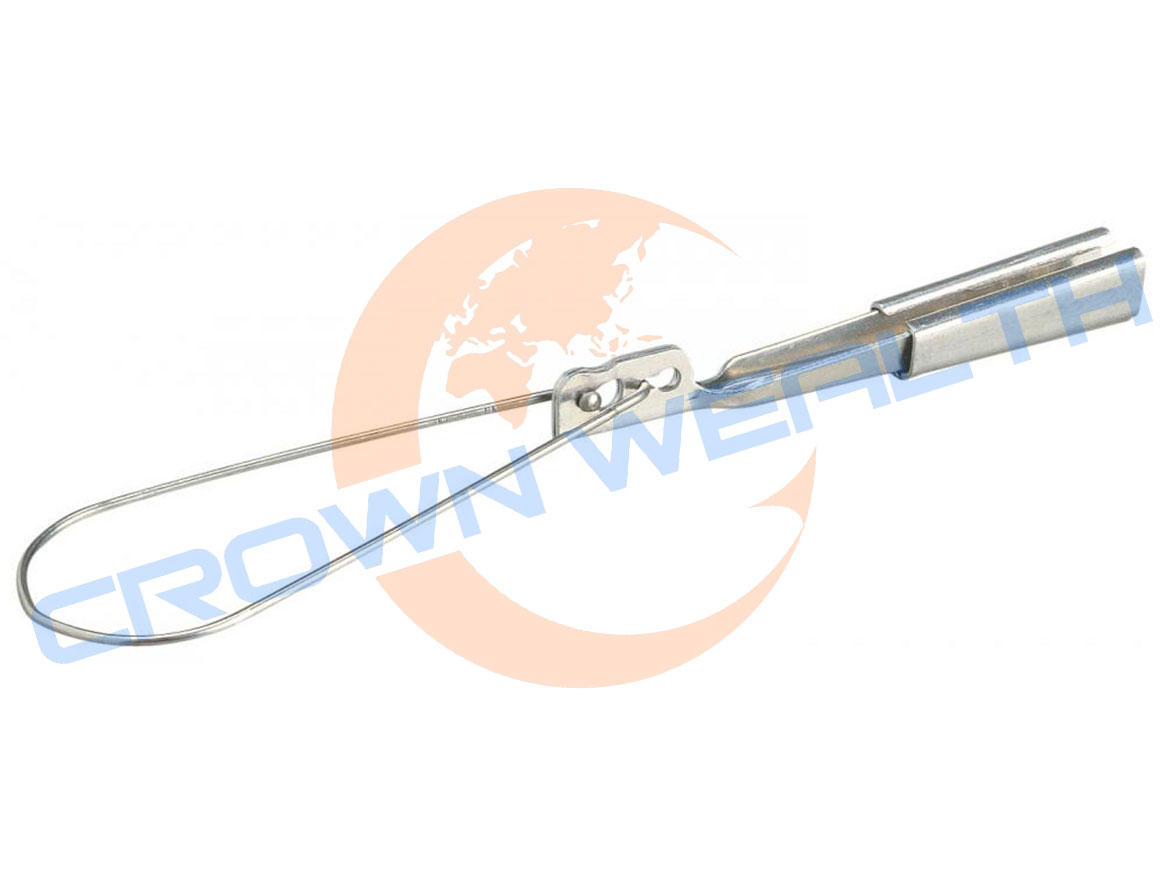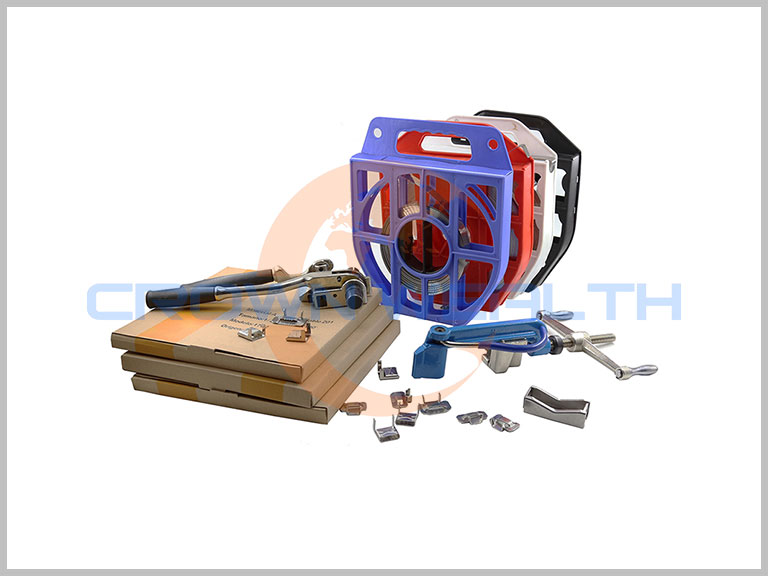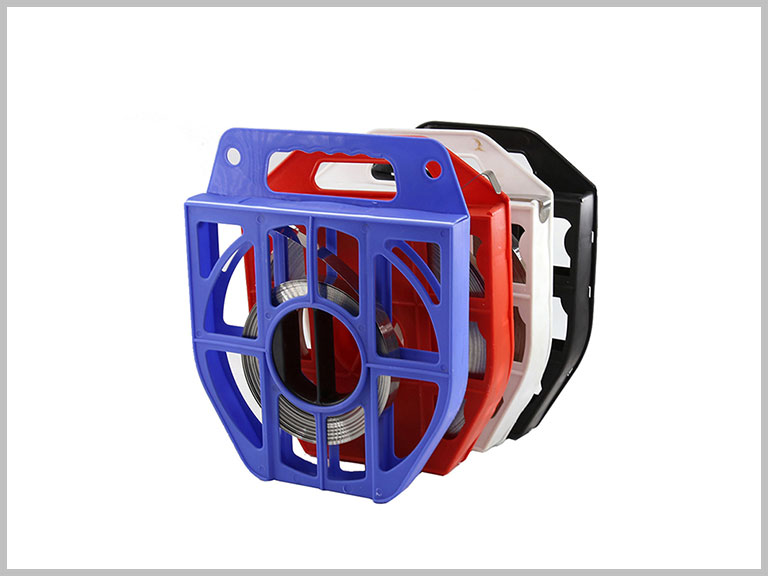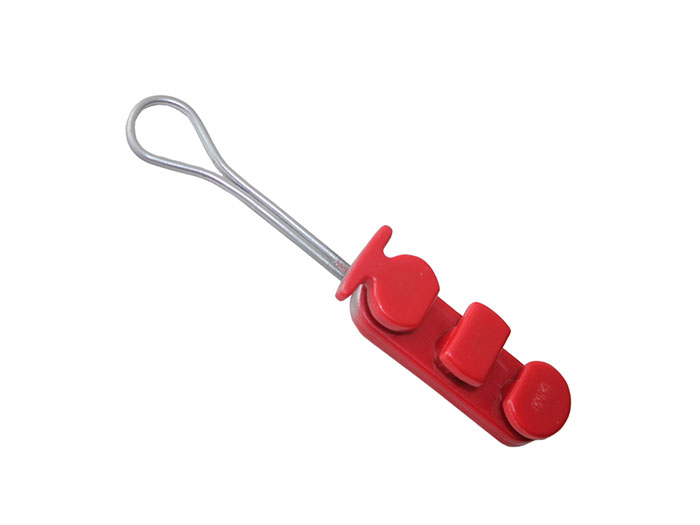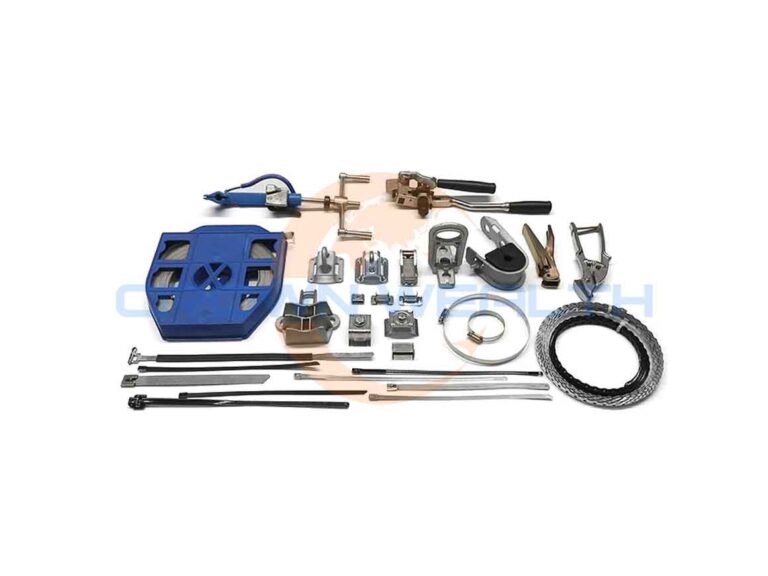The service wedge clamps are made of an aluminum body and stainless steel double wire. It is specially designed to connect the bare neutral point to any point in the span of lines. This is suitable for low-voltage terminals of ACSR, AAAC, and aluminum conductors.
Poles or towers are a type of transmission line that does not require any external support. Lines are commonly used in rural or remote areas where it is difficult to install traditional transmission lines. The self-supporting design of these lines makes them more cost-effective and easier to install.
The repair wedge clamps are a professional tool for the installation and maintenance of circuits or equipment. Which is crucial for the normal operation of these circuits. This tool is used to connect the bare neutral point of the line to any point in the span. Ensuring a secure connection and preventing any potential electrical hazards.
The maintenance wedge clamps are made of high-quality aluminum, making them lightweight and durable as its highlight. The clamp is designed to withstand extreme weather conditions, such as high winds, heavy rain, and snow. This makes it ideal for use in areas with harsh weather conditions.
In addition to its durability, the service wedge clamp is also easy to install and maintain. The clamp can be easily attached to the overhead line using standard tools, and it can be adjusted to fit various conductor sizes. Regular maintenance of the clamp ensures that it remains in good working condition and continues to provide a secure connection.
In conclusion, a service wedge clamp is an essential tool for the installation and maintenance of self-supporting overhead lines. Its lightweight and durable design makes it ideal for use in harsh weather conditions. The clamp provides a secure connection between the bare neutral point and any point in the span, ensuring the safe and efficient transmission of electricity.

